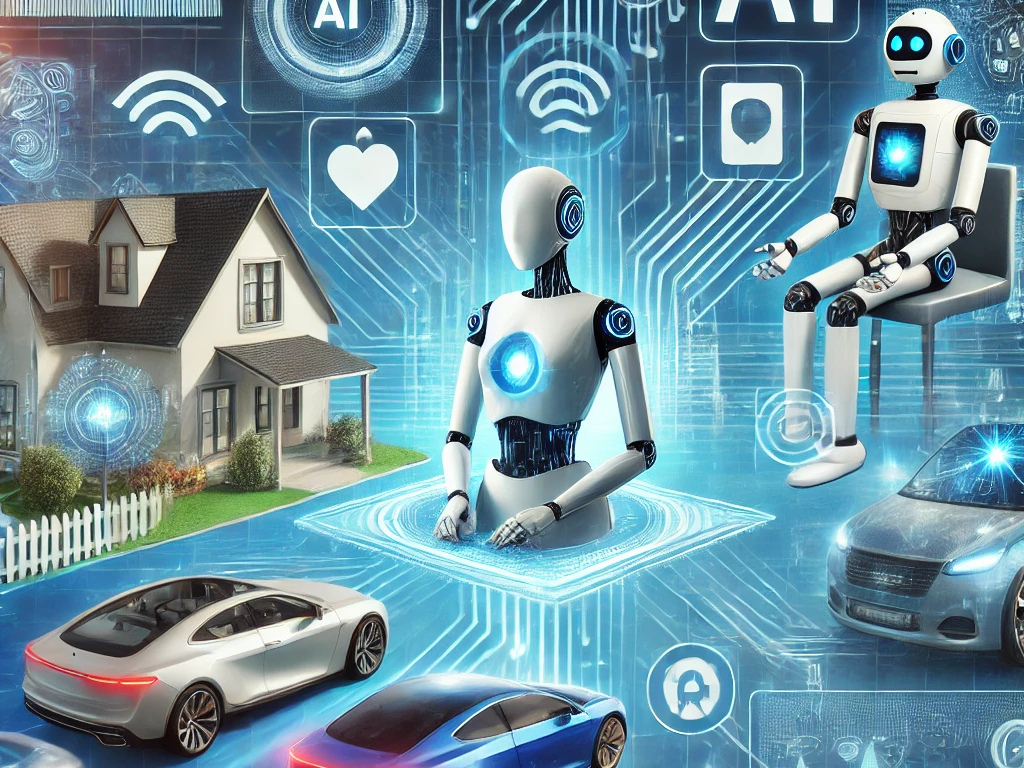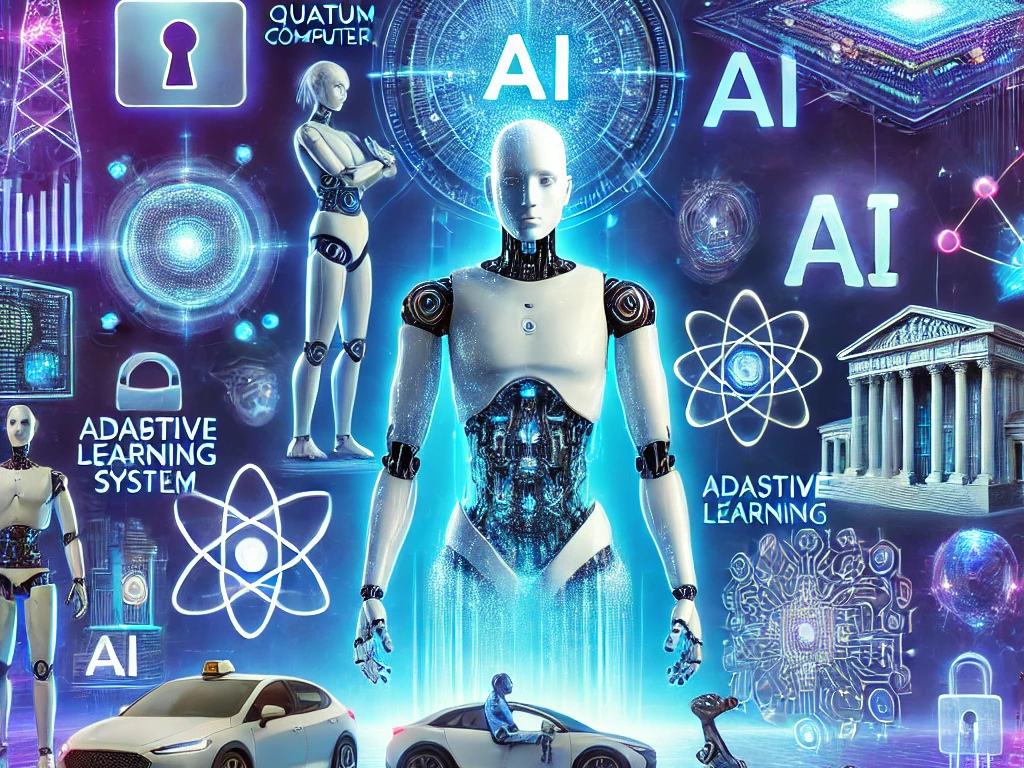Artificial Intelligence (AI) is revolutionizing education, reshaping how students learn, teachers teach, and institutions operate. From personalized learning experiences to AI-powered tutors, this technology is paving the way for a smarter, more adaptive education system. But what does the future hold? Let’s explore how AI is transforming education in 2025 and beyond.
1. The Role of AI in Modern Education
1.1 What is AI in Education?
AI in education refers to the use of machine learning, data analytics, and automation to enhance learning experiences. It can analyze student behavior, provide real-time feedback, and create personalized learning paths tailored to individual needs.
1.2 How AI is Transforming Classrooms
AI is no longer a futuristic concept—it’s already making classrooms more efficient and interactive. Schools and universities are integrating AI-driven tools to support both teachers and students. Some key implementations include:
- AI-powered grading systems that automate assessments
- Chatbots and AI tutors providing instant help
- Adaptive learning platforms customizing lessons based on performance
- Smart content creation using AI-generated notes and summaries
2. Top AI Innovations in Learning
2.1 AI-Powered Tutoring Systems
AI-driven tutors like Google’s Socratic and IBM Watson Tutor help students understand complex subjects by breaking them into simple, digestible explanations. These virtual tutors are available 24/7, making learning more accessible.
2.2 Adaptive Learning Platforms
Platforms like Khan Academy, Coursera, and Duolingo use AI to personalize learning. These systems analyze student performance and adjust difficulty levels accordingly, ensuring students grasp concepts at their own pace.
2.3 Automated Grading and Assessments
AI-based grading tools, such as Turnitin and Gradescope, reduce teachers’ workload by automatically evaluating assignments, detecting plagiarism, and providing instant feedback. This allows educators to focus more on student engagement rather than administrative tasks.
2.4 AI in Special Education
AI is helping students with disabilities by offering speech-to-text software, AI-driven translators, and personalized learning tools. Applications like Microsoft’s Seeing AI assist visually impaired students by reading text aloud.
3. Benefits of AI in Education
3.1 Personalized Learning Experiences
Unlike traditional learning, where one teaching method applies to all, AI offers a personalized approach. It understands each student’s strengths and weaknesses, adjusting learning materials accordingly.
3.2 Increased Student Engagement
AI-powered gamification makes learning fun. Tools like Kahoot! and Quizizz use AI to create interactive quizzes and competitions, keeping students engaged.
3.3 AI-Driven Curriculum Planning
AI analyzes data on student performance, helping teachers modify lesson plans to maximize effectiveness. Platforms like Smart Sparrow allow educators to tailor courses dynamically based on student responses.
3.4 Breaking Language Barriers
AI translation tools like Google Translate and Grammarly assist students who struggle with language, enabling seamless learning in different languages.
4. Challenges and Ethical Concerns of AI in Education
4.1 Data Privacy and Security Risks
AI systems collect vast amounts of student data, raising concerns about privacy and cybersecurity. Schools must ensure that AI tools comply with data protection laws such as FERPA (Family Educational Rights and Privacy Act) and GDPR (General Data Protection Regulation).
4.2 The Digital Divide
AI-driven education requires internet access and smart devices, which many students in rural or low-income areas lack. Governments and institutions must work toward bridging the digital gap to ensure equal learning opportunities.
4.3 Dependency on Technology
Over-reliance on AI tools may reduce students’ critical thinking and problem-solving skills. A balance between AI-based and traditional learning methods is necessary.
4.4 Ethical AI Use
Bias in AI algorithms can lead to unfair advantages or disadvantages in assessments. Developers must focus on creating unbiased AI models that ensure equal opportunities for all students.
5. The Future of AI in Learning
5.1 AI-Powered Virtual Classrooms
In the future, AI-driven virtual reality (VR) and augmented reality (AR) will create immersive learning experiences. Imagine students taking a virtual trip to Mars or exploring ancient civilizations through AI-powered simulations.
5.2 AI in Higher Education
Universities will use AI to:
Automate administrative tasks
Improve student retention through predictive analytics
Offer AI-powered career counseling
5.3 AI as a Teaching Assistant
AI won’t replace teachers but will support them by handling repetitive tasks like grading, tracking student progress, and creating lesson plans. This will allow educators to focus on mentorship and creativity.
6. Conclusion – What’s Next for AI in Education?
AI is undeniably shaping the future of education by making learning more personalized, engaging, and efficient. While challenges exist, AI’s potential benefits far outweigh the risks. As technology continues to evolve, AI will become a vital tool in creating an inclusive and smarter education system.



